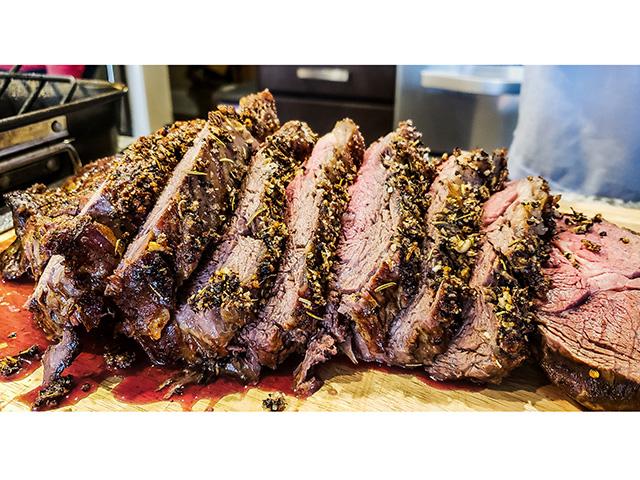US Hiring Likely Slowed for a 4th Month as Virus Resurges
WASHINGTON (AP) -- U.S. employers may have slowed their hiring in October for a fourth straight month with confirmed viral cases reaching record levels and the loss of government aid deepening the hardships for many.
Economists have forecast that employers added 580,000 jobs last month, down from 661,000 in September and 1.5 million in August. If that estimate proves accurate, last month's gain will have been the weakest since employers began calling some employees back to work in May. And it would mean that the economy has regained only about 12 million of the 22 million jobs that vanished when the pandemic paralyzed the economy in early spring.
The unemployment rate is expected to have declined from 7.9% to a still-high 7.7%, according to data provider FactSet. That would mark further progress but also a smaller decline in joblessness than in any previous month since the pandemic erupted in the United States.
A hiring slowdown has raised the prospect of a prolonged slump that extends unemployment for the jobless. Many temporary layoffs are becoming permanent as hotels, restaurants, airlines, retailers, entertainment venues and other employers anticipate a longer downturn than they initially expected. The resurgence of the virus would compound that threat, especially as colder weather sets in and keeps more people indoors.
A rising proportion of jobless Americans now describe their unemployment as permanent. Conversely, the proportion who say they are only temporarily laid off has tumbled from 80% in April to 40%. Millions of people have stopped looking for work, artificially lowering the unemployment rate. (People who are no longer actively seeking a job aren't counted as unemployed.)
P[L1] D[0x0] M[300x250] OOP[F] ADUNIT[] T[]
Economists say they fear that many who have dropped out of the workforce or who face permanent job losses will suffer an erosion of professional skills and personal networks. That will make it harder for them to find work again.
Research by Stephanie Aaronson and Wendy Edelberg, fellows at the Brookings Institution, found that 65% of Americans who were temporarily laid off in the spring were back at work by September. But just 40% of workers whose jobs had been eliminated were able to find other jobs.
Many people who have dropped out of the workforce would be willing to work if a job were offered or if more were available. But only 9% of them had found jobs four months later.
Back in the July-September quarter, when companies reopened from virus-related shutdowns, the economy rebounded sharply. It is now growing more slowly. Many businesses, particularly restaurants that have depended in part on outdoor seating, face a more perilous future as winter grows closer. Consumers may also pull back again on shopping, traveling and other activities to avoid contracting the virus.
Jerome Powell, chair of the Federal Reserve, warned Thursday that the pandemic poses a worsening threat to the economy.
“People who have maybe begun to engage in activities that they haven't — flying, staying in a hotel, going to restaurants, going to bars ... they may pull back in a situation where suddenly the cases are everywhere in your city, your state, your community,” the chairman said at a news conference after the Fed's latest policy meeting.
Powell acknowledged that the pandemic didn't harm the economy in the summer as much as many had feared it might, in large part because the multi-trillion aid package that Congress enacted provided “essential” support. But he made clear his concern about the expiration of federal aid, and he reiterated his belief that Congress should approve more stimulus.
Consumer spending on services like restaurants, health care and haircuts has slowed after having rebounded in May and June. It remains 7% below the pre-pandemic level — a decline that threatens many labor-intensive parts of the economy. The restaurant reservations website OpenTable shows, for example, that just three-quarters of restaurants are now taking reservations, a decline from three weeks ago.
The slowdown has coincided with the waning of $1,200 checks that were sent to most adults in the spring and a $600-a-week federal jobless benefit that expired in July. That was followed by an additional $300 that lasted through mid-September. A study by JPMorgan Chase found that Americans spent roughly two-thirds of such money by the end of August.
“The economy is on its own against the virus,” said AnnElizabeth Konkel, an economist at the job-posting website Indeed. "Accelerating cases are an ever-present threat during winter, and a virus surge means economic uncertainty for businesses. Until that uncertainty is eliminated, the labor market will struggle to return to what it used to be.”
Gregory Daco, chief U.S. economist at Oxford Economics, said the elevated savings rate doesn't necessarily mean that consumers will be able keep spending at current levels. About 14% of income was saved in September, roughly double pre-pandemic levels. That rate had briefly hit 34% in April as the stimulus checks were distributed.
“I don't buy that argument that the savings buffer will offset the absence of fiscal stimulus," Daco said. “The people who need the savings are less likely to have it.”
Much of the savings now likely reflect the reluctance of higher-income earners to go out and visit gyms and movie theaters as often as in the past.
At the same time, some large companies are still shedding workers. ExxonMobil said late last month that it would cut 1,900 jobs, mostly at corporate headquarters. Chevron has said it will cut about quarter of the employees from its newly acquired unit Noble Energy. Boeing said it expects to cut its workforce by 30,000 to 130,000.
Still, some parts of the economy are recovering steadily. Manufacturing output is still rebounding, with Americans stepping up their purchases of cars, homes and housing-related goods like appliances and furniture. Home sales have also jumped.



